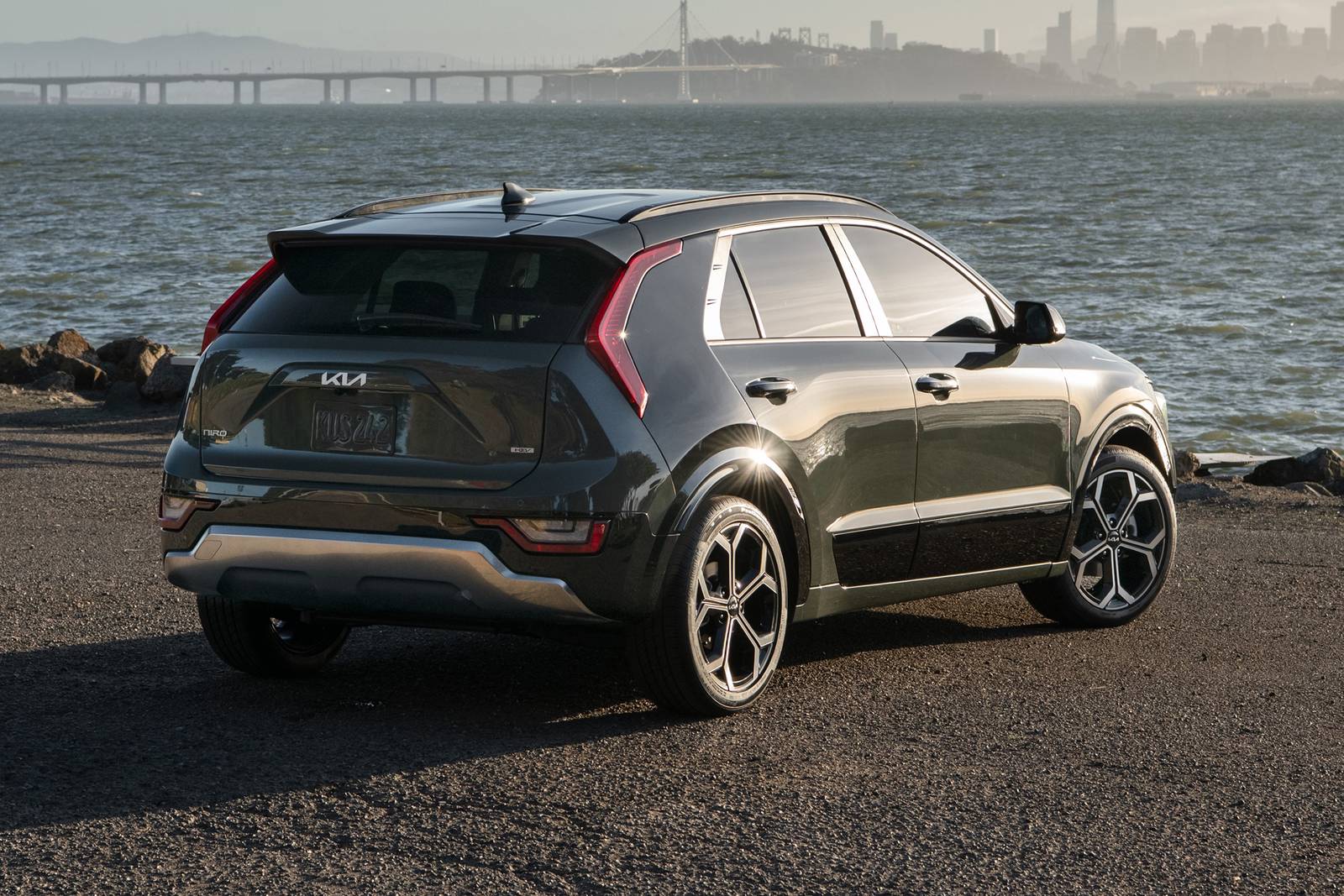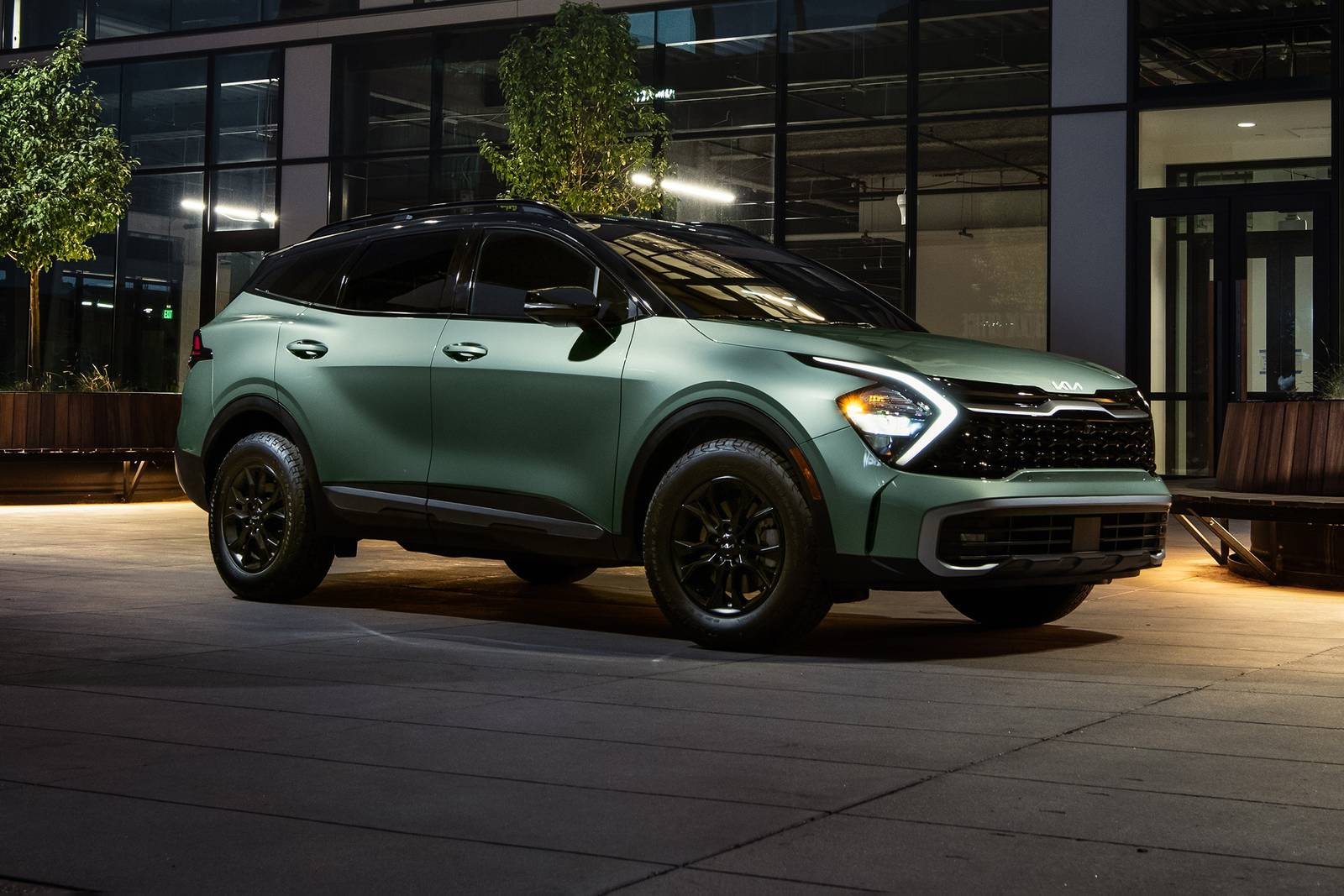Edmunds maintains a list of the best hatchbacks, which lists the most noteworthy models. The Honda Civic is Edmunds' top-rated conventional hatchback. It has plenty of interior room; the rear cargo area offers 24.5 cubic feet of storage space; and it's got a little more zip than some of its competitors. But if you're looking for a hot hatch — basically a sporty performance-based hatchback — we recommend one of the Volkswagen Golf variants. Both the Volkswagen Golf R and Volkswagen Golf GTI are highly rated by the Edmunds team. Looking for something more conventional? The Mazda 3 is well reviewed and offers more refinement than the Civic, while the Subaru Impreza comes standard with all-wheel drive.
Pros and cons of hatchbacks
The obvious pro of getting a hatchback is storage space. Let's look at the Honda Civic again: The hatchback offers 24.5 cubic feet of storage behind the rear seats while the sedan's trunk delivers 14.8 cubic feet. The Civic hatchback's cargo area isn't just roomier; its shape makes it easier to fit bulkier items than you'd be able to cram into the sedan's trunk. So, if you're looking for sedan size but with more cargo room, consider a hatchback.
There are a couple of small cons that come along with that extra cargo space. The first is a lack of privacy. If you've got your hatchback packed to the gills, meaning you've removed the cargo cover, all your belongings will be at least partially visible to passersby. Keep this in mind if you're not comfortable advertising that you've got a car loaded with gear.
The second con has to do with road noise. At our test track, a 2022 Honda Civic sedan registered 71.2 decibels at full throttle, while a 2022 Honda Civic hatchback registered 77.1 decibels. That's a noticeable difference, but unless you're really smashing the throttle, you're unlikely to notice a tremendous difference between the two vehicles. Still, if you're particularly sensitive to road noise, you should factor that into your decision.
Edmunds says
If you're after a small vehicle with impressive cargo space, you should give a hatchback a look. But if keeping your stored items private and enjoying a quieter ride is what you're after, check out one of our highly rated sedans.






 by
by 
